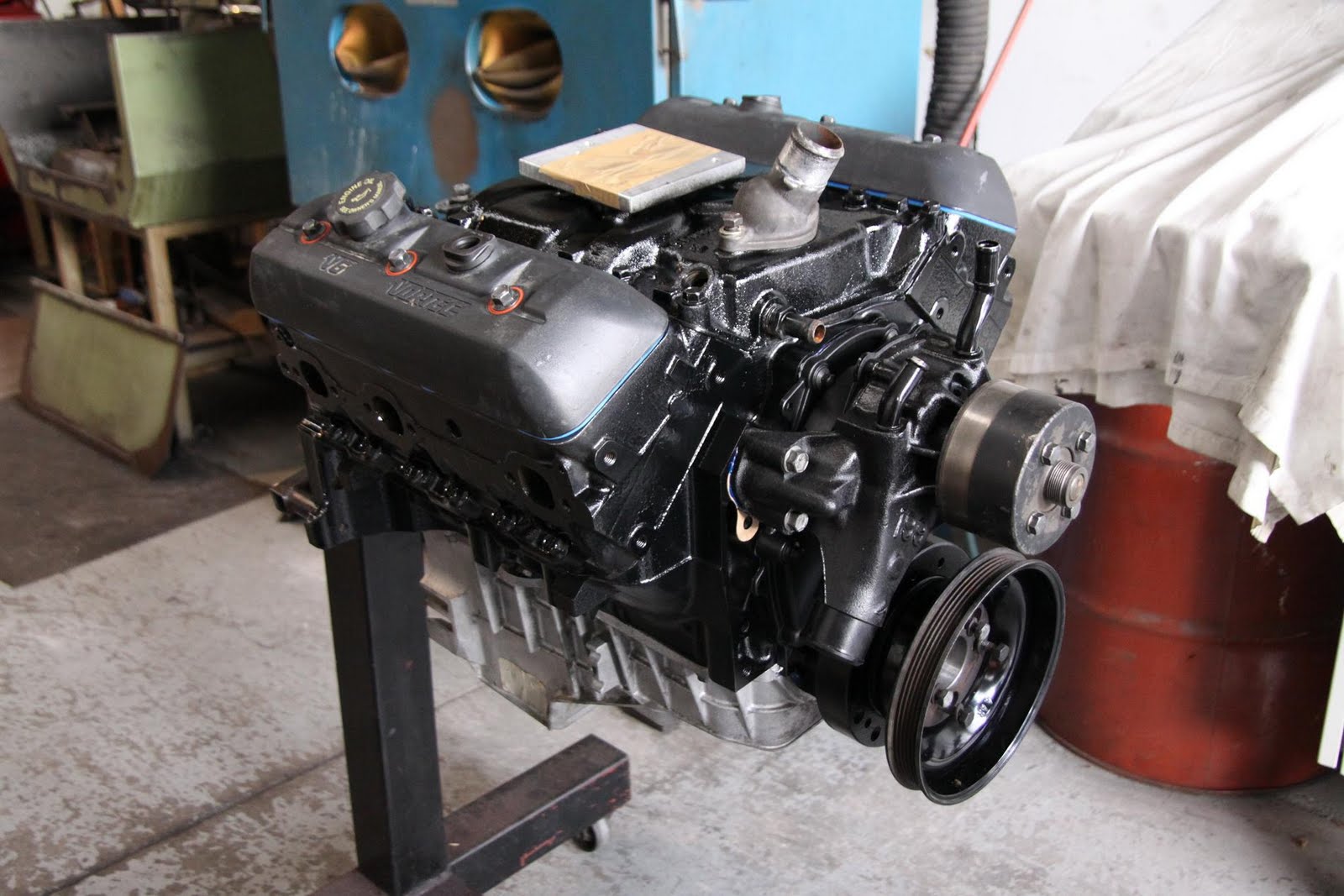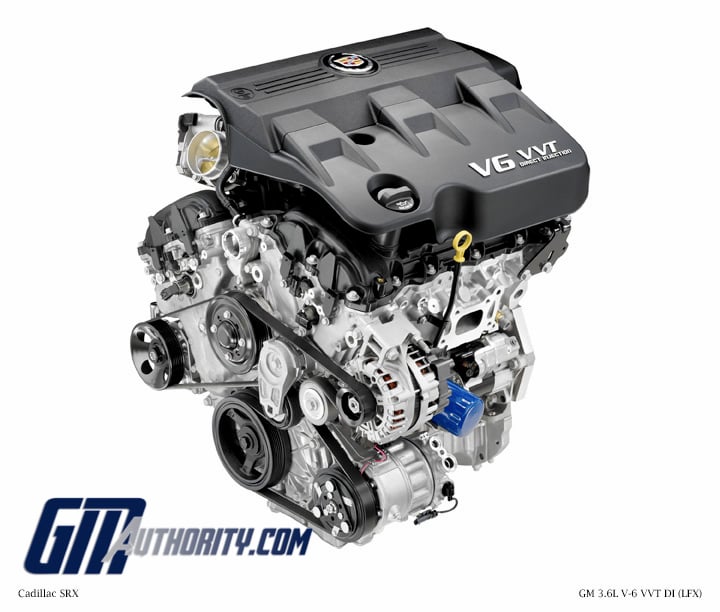Chevy 3.8 V6 Engine: Specs, Performance, and Reliability
The ubiquitous Chevy 3.8L V6 engine, also known as the 3800 Series II and later the 3800 Series III, has powered a wide range of General Motors vehicles for decades. What makes this engine so popular, and what are its key specifications? This article explores the performance, reliability, and common issues associated with the Chevy 3.8 V6, providing a comprehensive guide for owners and prospective buyers.
From minivans to sedans and even some sporty coupes, the 3.8 V6 earned a reputation for its smooth operation, decent power output, and relatively good fuel economy. Understanding its specifications is crucial for proper maintenance and diagnosing potential problems. This includes understanding its horsepower, torque, displacement, and other critical data points.
The story of the Chevy 3.8 V6 began in the early 1960s with the Buick 3.8L V6. Over the years, this engine evolved significantly, culminating in the highly successful 3800 Series II and Series III iterations. These engines became mainstays in the GM lineup, powering millions of vehicles. Its popularity stems from a combination of factors, including its robust design, ease of maintenance, and adaptability to various vehicle platforms.
One of the key aspects that contributed to the 3.8's success was its relatively simple design. This made it easier and less expensive to manufacture and maintain compared to more complex engines. However, like any engine, the 3.8 V6 has its share of potential issues. Common problems include intake manifold gasket leaks, ignition control module failures, and occasional issues with the plastic upper intake plenum.
Understanding the Chevrolet 3.8 V6 engine specifications is essential for anyone considering a vehicle powered by this engine. Knowing the engine's power output, fuel economy ratings, and typical maintenance requirements can help you make an informed decision and keep your vehicle running smoothly.
The 3800 Series II typically produced around 200 horsepower and 225 lb-ft of torque. The later Series III saw improvements, bumping these numbers up slightly. For example, the 2005 Buick LeSabre with the 3800 Series III produced 205 horsepower and 230 lb-ft of torque. This provided ample power for everyday driving and decent performance for highway merging and passing.
One benefit of the Chevy 3.8 V6 is its relatively good fuel economy for its size and power output. Another advantage is its smooth and quiet operation, contributing to a comfortable driving experience. Finally, the widespread availability of parts and the engine's relatively simple design make it relatively inexpensive to repair and maintain.
Advantages and Disadvantages of the Chevy 3.8 V6 Engine
| Advantages | Disadvantages |
|---|---|
| Good fuel economy for its size and power | Intake manifold gasket leaks (common issue) |
| Smooth and quiet operation | Ignition control module failures |
| Wide availability of parts and relatively inexpensive to repair | Potential issues with the upper intake plenum |
Best Practices for Maintaining a Chevy 3.8 V6:
1. Regular Oil Changes: Use the recommended oil viscosity and change it at the specified intervals.
2. Cooling System Maintenance: Flush the coolant regularly and check for leaks.
3. Spark Plug Replacement: Replace spark plugs according to the manufacturer's recommendations.
4. Inspect Belts and Hoses: Regularly inspect belts and hoses for wear and tear.
5. Address Leaks Promptly: Address any leaks, especially intake manifold gasket leaks, as soon as they are detected.
Frequently Asked Questions:
1. What is the displacement of the Chevy 3.8 V6? Answer: 3.8 liters.
2. Is the 3.8 V6 a reliable engine? Answer: Generally, yes, with proper maintenance.
3. What are some common problems with the 3.8 V6? Answer: Intake manifold gasket leaks, ignition control module failures, and upper intake plenum issues.
4. What kind of fuel economy does the 3.8 V6 get? Answer: It varies depending on the vehicle and driving conditions, but generally decent for its size.
5. What vehicles used the 3.8 V6? Answer: A wide range of GM vehicles, including Buicks, Chevrolets, Pontiacs, and Oldsmobiles.
6. Is the 3.8 V6 easy to work on? Answer: Generally considered relatively easy to work on compared to more complex engines.
7. What is the difference between the Series II and Series III 3.8? Answer: The Series III had several improvements, including slightly higher power output and improved fuel efficiency.
8. Where can I find more information about the Chevy 3.8 V6? Answer: Online forums, automotive websites, and repair manuals.
Tips and Tricks: Regularly check your coolant level and look for signs of leaks. Pay attention to any unusual engine noises or performance issues. Addressing problems early can prevent more significant and costly repairs down the road.
In conclusion, the Chevy 3.8 V6 engine has a long and storied history, powering millions of vehicles over several decades. Its blend of power, reliability, and ease of maintenance made it a popular choice for many GM models. While it does have some common issues, they are generally well-documented and relatively easy to address. Understanding the engine's specifications, its potential problems, and best maintenance practices can help ensure a long and trouble-free ownership experience. By being proactive in your maintenance and addressing issues promptly, you can maximize the lifespan and performance of this versatile engine. Take the time to research and familiarize yourself with this engine's nuances, and you'll be well-equipped to handle any challenges that may arise. The information provided here is intended for general knowledge and should not replace professional advice. Always consult with a qualified mechanic for any repairs or maintenance.
Mastering the seven basic quality tools
Understanding gas price caps a comprehensive guide
Designing fairytales the magic of vector blanca nieves png














